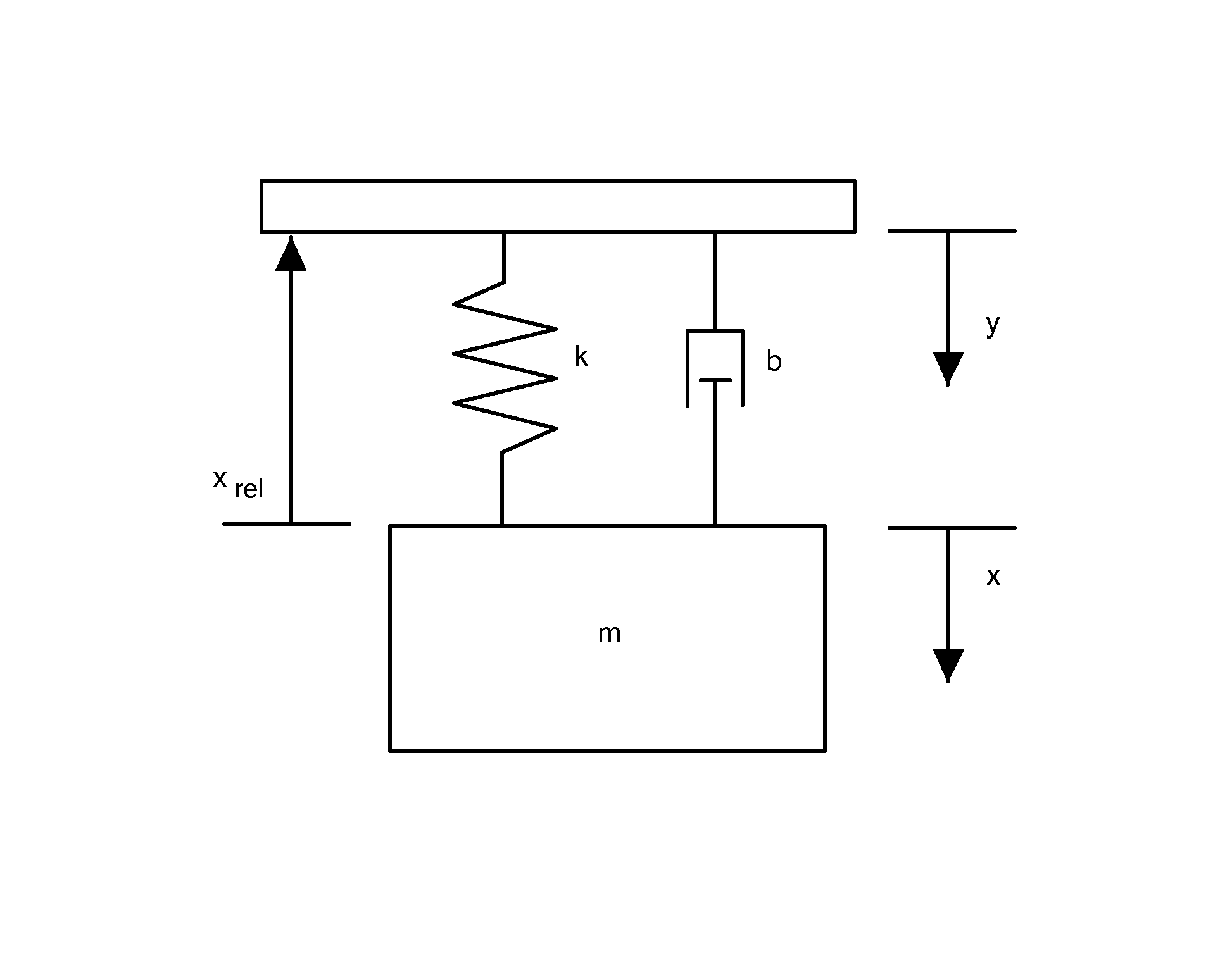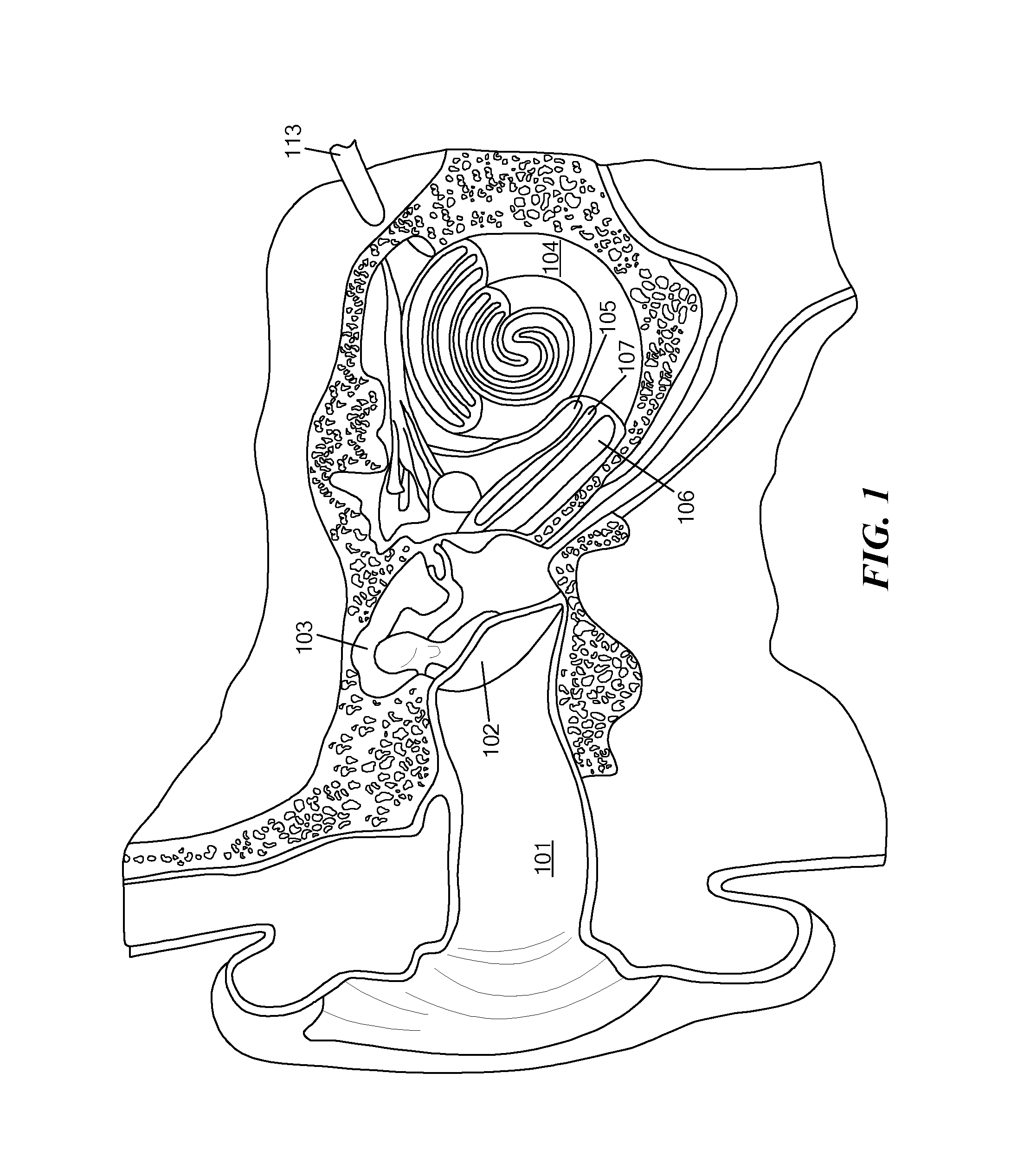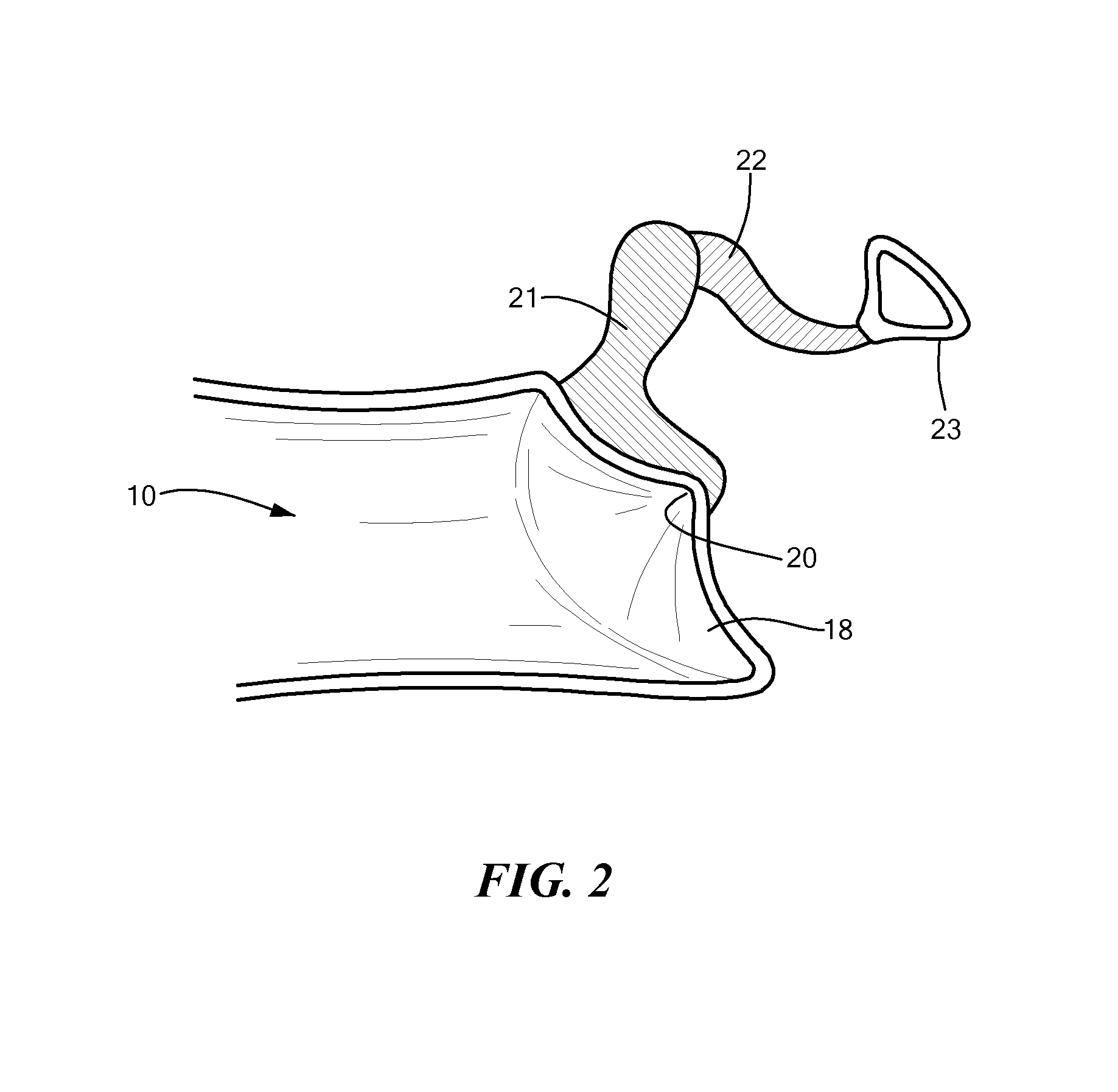Middle ear implantable microphone
a microphone and implantable technology, applied in electrotherapy, artificial respiration, therapy, etc., can solve the problems of large electrostatic force, low frequency very limited, low frequency below 200 hz, etc., to minimize static deflection of the transducer, low signal dynamic, and maximum resonance frequency
- Summary
- Abstract
- Description
- Claims
- Application Information
AI Technical Summary
Problems solved by technology
Method used
Image
Examples
Embodiment Construction
[0033]In illustrative embodiments, a middle ear implantable microphone acting as a seismic sensor with high pass filter characteristics (as opposed to an accelerometer), and having a resonance frequency within a predetermined operating frequency range of, without limitation, between 100 Hz and 10 kHz, is described. Selecting such a resonance frequency enables the microphone device to have some favourable parameters, such as a very low mass of the vibration detecting unit. Possible disadvantages of a non-flat frequency characteristic in the operating range of the microphone are compensated by the entire micro system environment comprising both the anatomical and functional structure of the ear from tympanic membrane to the brain and the implantable microphone itself. Details are described below.
[0034]For the design of an implantable middle ear microphone, the following three boundary conditions become important.
[0035]1. The Ossicle Chain Deflection Over Frequency and the Physiology o...
PUM
 Login to view more
Login to view more Abstract
Description
Claims
Application Information
 Login to view more
Login to view more - R&D Engineer
- R&D Manager
- IP Professional
- Industry Leading Data Capabilities
- Powerful AI technology
- Patent DNA Extraction
Browse by: Latest US Patents, China's latest patents, Technical Efficacy Thesaurus, Application Domain, Technology Topic.
© 2024 PatSnap. All rights reserved.Legal|Privacy policy|Modern Slavery Act Transparency Statement|Sitemap



